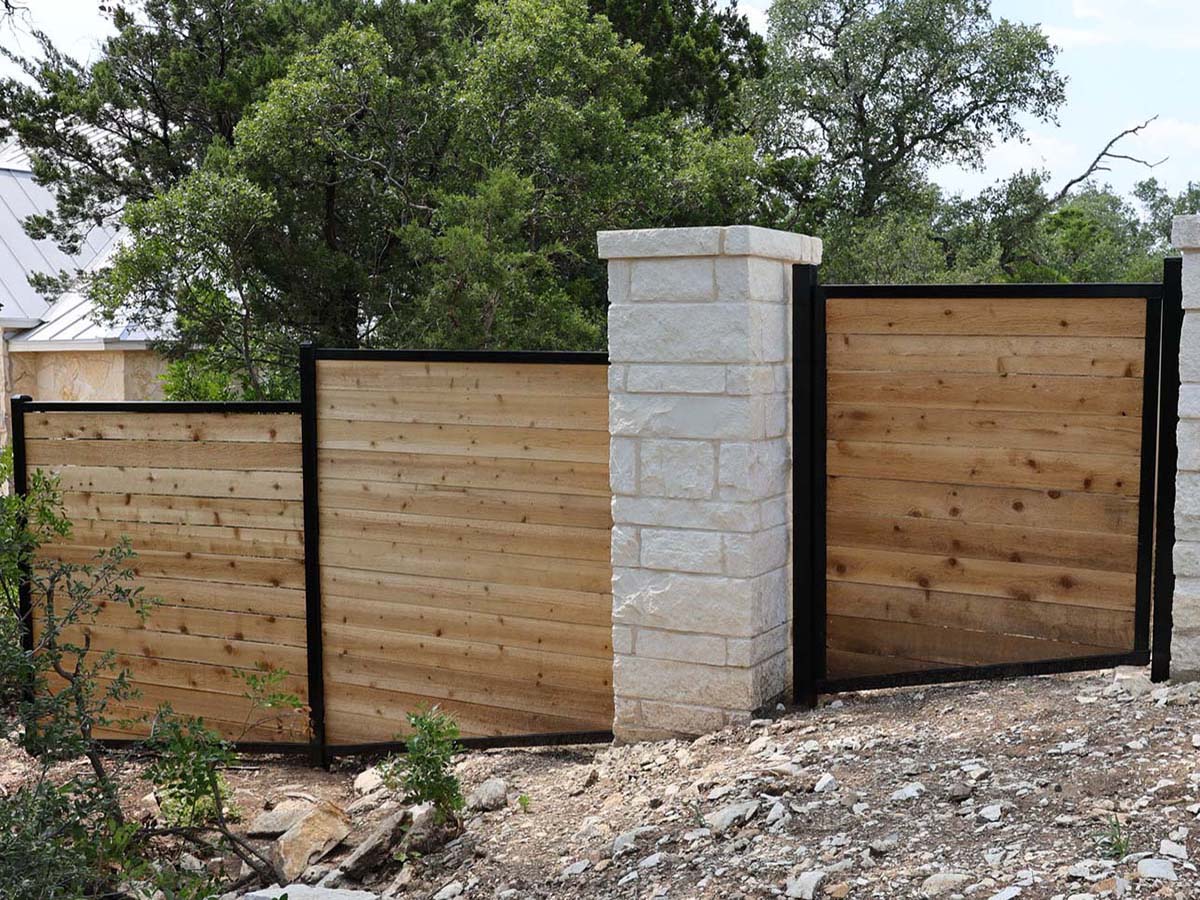All Categories
Featured

As sustainability ends up being a top priority for homeowners and companies alike, the demand for green products, consisting of fencing materials, has actually risen. Typical fencing alternatives such as steel, plastic, and timber can have adverse environmental impacts, yet there are now a number of eco-conscious alternatives to consider. Choosing environmentally friendly secure fencing products not only helps in reducing your carbon impact yet likewise adds to an extra sustainable and all-natural environment.
- Bamboo Secure fencing. Bamboo is one of the most environmentally friendly fencing choices readily available. Unlike traditional woods, bamboo can be collected in a couple of years and regrows promptly, making it a lasting choice for fencing.
Conveniences: Bamboo is fast-growing, light-weight, and sustainable. It needs fewer plant foods and chemicals contrasted to various other plants, making it a low-maintenance choice. Considerations: While bamboo is sturdy, it may need periodic upkeep to secure it from weathering and natural wear. It can likewise be prone to splitting in chillier climates. 2. Recycled Products. Fencings made from recycled materials are becoming progressively popular as an environmentally friendly option. These fencings are made from post-consumer plastic, redeemed timber, and other recycled products, keeping waste out of garbage dumps. Using recycled products reduces the need for new raw resources, lessening ecological degradation.

Conveniences: These fences help in reducing waste and preserve natural sources. They are likewise usually low-maintenance and resilient. Considerations: While recycled fences can be sturdy, the aesthetic appeals may not constantly match conventional fencing alternatives. Many styles are now readily available that mimic the look of wood or rock. 3. Compound Fencing. Compound fence is made from a combination of recycled timber fibers and plastic, providing the appearance of timber without the ecological effect. Lots of composite fencings are made from recycled content, more enhancing their environmentally friendly condition. These fences are long-lasting, require very little upkeep, and do not need to be treated with unsafe chemicals like conventional timber fences.
Perks: Composite fencings are long lasting, resistant to rot, and require little maintenance. They additionally give a similar aesthetic to wood without deforestation problems. Considerations: While they are low-maintenance, composite fences may be extra pricey than standard timber or vinyl alternatives. The manufacturing process can additionally be energy-intensive. 4. Cedar and Redwood Fencing. Cedar and redwood are natural wood products that are typically considered a lot more environmentally friendly compared to various other woods. These types of timber are naturally resistant to decay, pests, and wetness, which decreases the need for chemical treatments. In addition, these trees are expanded in sustainable woodlands, making sure that they are collected properly.
Benefits: Cedar and redwood are both naturally attractive and resilient products. They supply natural resistance to pests and rot, which assists lower the need for chemical treatments. Considerations: These woods can be extra expensive than various other alternatives. They also call for occasional upkeep, such as sealing or staining, to make certain durability. 5. Living Fencings (Hedges and Bushes) Living fencings, made from trees, hedges, or hedges, are an eco-friendly choice that additionally offers all-natural privacy and visual charm. Plants such as privet, boxwood, bamboo, and arborvitae are frequently used for creating dense, environment-friendly fencings. These living obstacles assist with sound decrease, improve air top quality, and offer habitat for neighborhood wildlife.
Advantages: Living fences promote biodiversity, enhance air quality, and improve the aesthetic allure of your home. They additionally soak up carbon dioxide and contribute to a greener atmosphere. Factors to consider: Living fencings need maintenance, such as pruning and watering, to guarantee they grow effectively. They may not provide the very same degree of protection as traditional fence materials. 6. Rock and Reclaimed Brick Fence. Stone and reclaimed brick fencings are another environment-friendly option. These products are sturdy, require marginal maintenance, and have a long lifespan. When redeemed from old buildings or frameworks, they help in reducing the demand for new materials and avoid waste from getting in landfills.
Perks: Rock and block are durable, weather-resistant, and offer a classic, timeless aesthetic. Recovered materials additionally have a minimal ecological impact. Considerations: The setup of rock and brick fencings can be labor-intensive, and the products might be a lot more expensive than other choices. Nonetheless, the long-term resilience and low upkeep expenses can make them a rewarding investment. Verdict. Selecting an eco-friendly fencing material is a wise method to decrease your ecological effect while enhancing your residential property's personal privacy and aesthetic charm. Bamboo, recycled products, composite secure fencing, and living fences all provide sustainable options that minimize waste, preserve resources, and advertise a greener way of life.
By selecting one of these eco-friendly fence choices, you add to the security of the atmosphere while producing a lovely, practical outdoor area. The right product will depend on your preferences, environment, and the level of upkeep you agree to give, but felt confident that there are various eco-conscious options that line up with your sustainable way of living.
Latest Posts
Find the Top Auto Repair Deals in Montclare, Chicago
Published May 24, 25
1 min read
Trustworthy Overhead Door Solutions for Houses and Businesses
Published May 23, 25
1 min read
Improve Your Residential Property with Overhead Door Systems
Published May 22, 25
1 min read